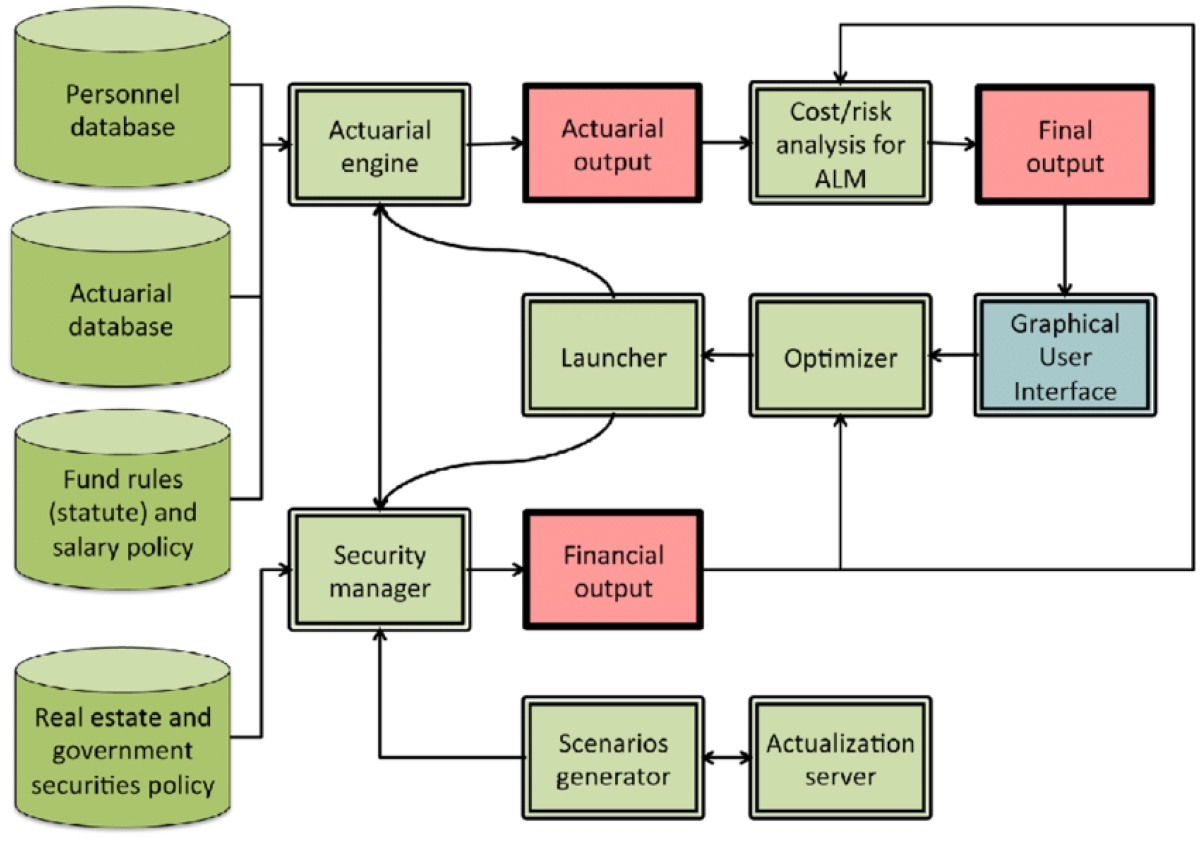Home>Finance>Subscription Agreement: Definition, What’s Included, And Rules


Finance
Subscription Agreement: Definition, What’s Included, And Rules
Published: February 3, 2024
Learn all about subscription agreements in finance, including their definition, what's included, and the rules that govern them.
(Many of the links in this article redirect to a specific reviewed product. Your purchase of these products through affiliate links helps to generate commission for LiveWell, at no extra cost. Learn more)
Subscription Agreement: Definition, What’s Included, and Rules
When it comes to finance, one important aspect that individuals and businesses need to understand is the subscription agreement. But what exactly is a subscription agreement, what does it include, and what are the rules that govern it? In this blog post, we will dive deeper into this topic and provide you with a comprehensive overview.
Key Takeaways:
- A subscription agreement is a legally binding contract between a company and potential investors or shareholders.
- It outlines the terms and conditions for the purchase of securities, such as stocks or bonds, and helps protect the interests of both parties.
Definition
A subscription agreement is a legally binding contract between a company and potential investors or shareholders. It is often used in private offerings and fundraising rounds. The agreement allows the company to issue and sell securities, such as stocks, bonds, or equity, to individuals or entities who want to invest in the company.
By signing the subscription agreement, the investor agrees to purchase a certain number of securities at a specific price. The agreement also addresses important aspects such as the rights and obligations of both parties, the terms of payment, and the timelines for execution.
What’s Included
A well-drafted subscription agreement contains several key components to ensure clarity and protect the interests of both the company and the investor. These components typically include:
- Identification of the Parties: The agreement clearly states the legal names and addresses of the company issuing the securities and the investors participating in the offering.
- Securities Offered: The agreement specifies the type and quantity of securities being offered, whether it is common stock, preferred stock, or bonds.
- Purchase Price: The subscription agreement sets forth the price at which the investor will purchase the securities.
- Payment Terms: It outlines the payment method and schedule for the investor’s subscription.
- Securities Regulations: The agreement ensures compliance with relevant securities laws and regulations, protecting both parties from legal repercussions.
- Representations and Warranties: The investor typically provides representations and warranties related to their financial standing and eligibility to invest.
- Confidentiality: Some subscription agreements include confidentiality clauses to protect sensitive information shared during the investment process.
- Termination and Governing Law: The agreement establishes conditions under which either party can terminate the agreement, as well as the governing law that applies.
Rules and Considerations
It is crucial to keep in mind certain rules and considerations when drafting and signing a subscription agreement:
- Consult with legal professionals to ensure compliance with applicable securities laws and regulations.
- Include clear and precise language to avoid confusion and misunderstanding.
- Ensure that all parties have the legal capacity to enter into the agreement.
- Consider implementing dispute resolution mechanisms, such as arbitration, to handle potential conflicts.
- Keep the content of the agreement confidential to protect sensitive information.
- Review and update the subscription agreement periodically to reflect any changes in laws or business circumstances.
By adhering to these rules and considerations, both the company and the investors can enter into a subscription agreement with confidence, knowing that their interests are protected and that they are legally compliant.
In conclusion, a subscription agreement is a critical document in the world of finance. It helps companies raise funds and gives investors the opportunity to participate in the growth of a business. By understanding its definition, what it includes, and the rules that govern it, both companies and investors can navigate the process with clarity and confidence.














